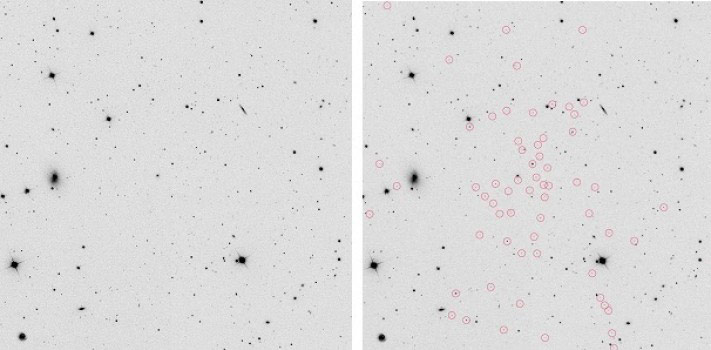
On the left, Segue 1 (note that you can’t see the galaxy); on the right, the stars that are part of Segue 1 are circled. Credit: Marla Geha Yale University
By analyzing the chemical elements in nearby galaxy Segue 1, new research reveals that it is the least chemically evolved galaxy known and researchers believe it will provide new insight into the first galaxies.
New work from a team of scientists including Carnegie’s Josh Simon analyzed the chemical elements in the faintest known galaxy, called Segue 1, and determined that it is effectively a fossil galaxy left over from the early universe.
Astronomers hoping to learn about the first stages of galaxy formation after the Big Bang use the chemical composition of stars to help them unravel the histories of the Milky Way and other nearby galaxies. Using these chemical analysis techniques, the team was able to categorize Segue 1’s uniquely ancient composition. Their work is published by Astrophysical Journal.
Stars form from gas clouds and their composition mirrors the chemical composition of the galactic gas from which they were born. Only a few million years after stars begin burning, the most massive stars explode in titanic blasts called supernovae. These explosions seed the nearby gas with heavy elements produced by the stars during their lifetimes. The very oldest stars consist almost entirely of the two lightest elements, hydrogen and helium, because they were born before ancient supernova explosions built up significant amounts of heavier elements.
In most galaxies, this process is cyclical, with each generation of stars contributing more heavy elements to the raw material from which the next set of stars will be born. But not in Segue 1—in contrast to all other galaxies, the new analysis shows that Segue 1’s star formation ended at what would ordinarily be an early stage of a galaxy’s development. Segue 1 likely failed to progress further because of its unusually tiny size.
“Our work suggests that Segue 1 is the least chemically evolved galaxy known,” Simon said. “After the initial few supernova explosions, it appears that only a single generation of new stars were formed, and then for the last 13 billion years the galaxy has not been creating stars.”
Because it has stayed in the same state for so long, Segue 1 offers unique information about the conditions in the universe shortly after the Big Bang. Other galaxies have undergone multiple supernova explosions since their formation. The first supernovae to blow up, from the most massive stars, produce elements like magnesium, silicon, and calcium. Later explosions of smaller stars primarily make iron. Segue 1’s uniquely low iron abundance relative to other elements shows that its star formation must have stopped before any of the iron-forming supernovae occurred.
This truncated evolution means that the products of the first explosions in Segue 1 have been preserved. Intriguingly, very heavy elements like barium and strontium are nearly absent from Segue 1’s stars.
“The heaviest elements in this galaxy are at the lowest levels ever found,” said Anna Frebel of the Massachusetts Institute of Technology, the leader of the team. “This gives us clues about what those first supernovae looked like.”
Studying individual stars in dwarf galaxies can be difficult and Segue 1, which orbits our own Milky Way, is particularly puny, containing only about a thousand stars. Just seven stars in the entire galaxy are in the red giant phase of their lives, making them bright enough for modern telescopes to detect the features astronomers use to measure the abundance of each chemical element. Three of the seven red giants have heavy element abundances more than 3,000 times lower than that of the Sun, highlighting the primitive nature of the galaxy.
“Having found such a fossil galaxy is of enormous importance to astronomy, because it provides a new window into the first galaxies,” Frebel said.
Along with Simon and Frebel, the other author of the study was Evan Kirby of the University of California, Irvine. The team used one of Carnegie’s 6.5-meter (21.3-foot) Magellan telescopes in Chile to observe five of the Segue 1 stars, while one was studied with the 10-meter (32.8-foot) Keck I telescope in Hawaii. The final star was identified and measured by a competing team using the European Southern Observatory’s 8.2-meter (26.9-foot) Very Large Telescope, also in Chile.
This work was supported by the NSF and the Southern California Center for Galaxy Evolution, a research program funded by the University of California Office of Research. The work made use of the NASA Astrophysics Data System Bibliographic Services.
Reference: “Segue 1: An Unevolved Fossil Galaxy from the Early Universe” by Anna Frebel, Joshua D. Simon and Evan N. Kirby, 16 April 2014, The Astrophysical Journal.
DOI: 10.1088/0004-637X/786/1/74
arXiv: 1403.6116

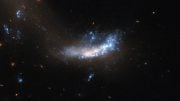
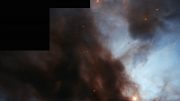
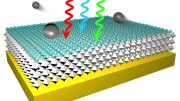
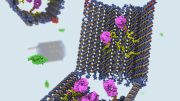
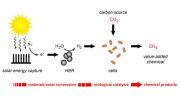
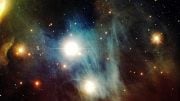
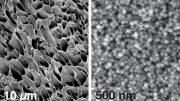

Be the first to comment on "Chemical Analysis Reveals that Nearby Galaxy Segue 1 is a “Fossil” from the Early Universe"